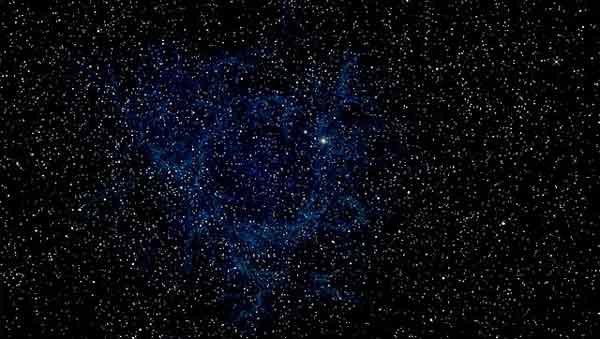
New York, US (BBN)-Astronomers have discovered 854 previously hidden 'ultra dark' galaxies, that may be filled with mysterious dark matter, in a region known as the Coma Cluster.
The discovery surpasses the last year's discovery of 47 mysterious dark galaxies by more than 800 and suggests that galaxy clusters are the key environment for the evolution of such galaxies, reports the Press Trust of India.
"The finding suggests that these galaxies appear very diffuse and are very likely enveloped by something very massive," said Jin Koda, principal investigator of the study and Associate Professor in the Department of Physics and Astronomy at Stony Brook University in New York, US.
WHAT ARE ULTRA-DARK GALAXIES?
The ultra-dark galaxies are similar in size to the Milky Way, but have only 1/1,000 of stars that our galaxy does.
The stellar population within such fluffy extended galaxies is subject to rapid disruption due to a strong tidal force detected within the cluster.
"We believe that something invisible must be protecting the fragile star systems of these galaxies, something with a high mass," said Koda.
"That 'something' is very likely an excessive amount of dark matter," Koda said.
The component of visible matter, such as stars, is calculated to contribute only one per cent or less to the total mass of each galaxy. The rest - dark matter - accounts for more than 99 per cent.
The Subaru Telescope, located at the Mauna Kea Observatory on Hawaii, showed that these dark galaxies contain old stellar populations and shows a spatial distribution similar to those of other brighter galaxies in the Coma Cluster.
It suggests that there has been a long-lived population of galaxies within the cluster and the amount of visible matter they contain, less than one per cent, is extremely low compared to the average fraction within the universe.
These galaxies are dark because they have lost gas needed to create new stars during, or after, their largely unknown formation process billions of years ago.
From their preferential presence within the cluster, it's likely that the cluster environment played a key role in the loss of gas, which affects star formation within the galaxy.
Several loss mechanisms are possible, including ram-pressure stripping by intra-cluster gas, gravitational interactions with other galaxies within the cluster, and gas outflows due to simultaneous supernova explosions triggered by the ram pressure or gravitational encounters.
The Coma Cluster is a large cluster of galaxies that contains over 1,000 identified galaxies. Along with the Leo Cluster, it is one of the two major clusters comprising the Coma Supercluster.
Dark matter is a hypothetical kind of matter that cannot be seen with telescopes but would account for most of the matter in the universe.
BBN/SK/AD